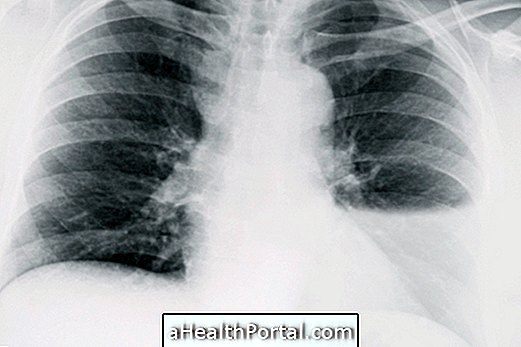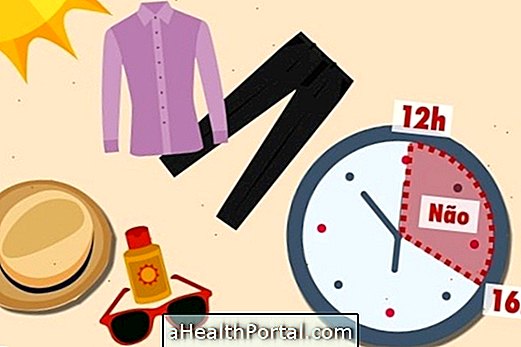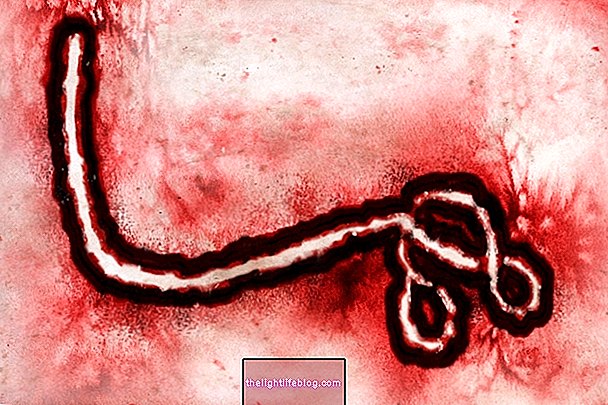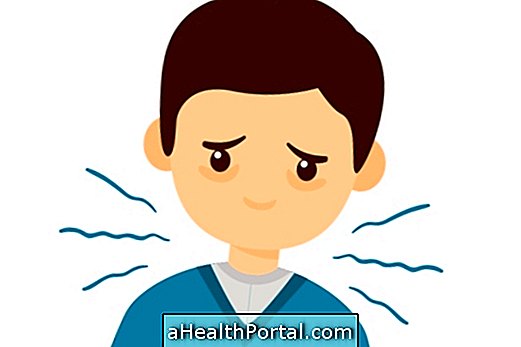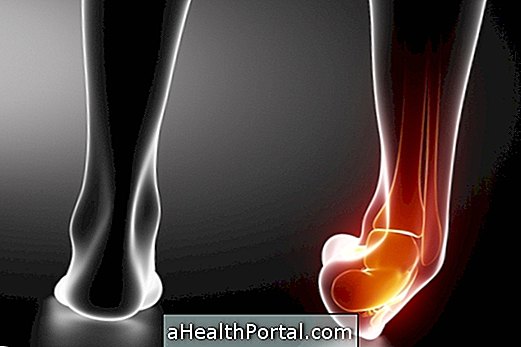The drain is a small thin tube that is inserted into the skin after surgery to help remove excess fluids, such as blood and pus, that can build up at the site of surgery. In most cases, the drain is inserted under the surgery scar and is fixed with stitches or staples and can be maintained for about 1 to 4 weeks.
In this way, the drain can be placed in various regions of the body and therefore there are different types of drains, such as the Penrose, Blake, Portovac, Redivac or Jackson-Pratt drain for example, which may be rubber, plastic or silicone . Although there are several types of drain, care is usually similar.

Although it is frequent in many surgeries, the drain is not placed in all types of surgery, and is used only when there is a high chance of fluid coming out, such as in abdominal surgeries such as bariatric, lung or breast surgery, for example.
1. How should I take care of the drain?
To keep the drain running properly you can not break the tubing or make sudden movements because you can pull the drain out and cause a skin injury, so it is important to stay calm and rest as directed by your doctor.
In addition, you should note the color and amount of fluid removed and tell the doctor to evaluate the healing.
2. How do I know if the drain is working?
If the drain is working properly, the amount of fluid that comes out should decrease as the days go by and the skin next to the dressing should be kept clean and without redness or swelling. In addition, the drain should not cause pain, only a slight discomfort in the place that is inserted into the skin.
3. How many days do I have to keep the drain?
Normally the drain is removed when secretion stops and if the scar does not show signs of infection such as redness and swelling. Thus, the residence time with the drain varies with the type of surgery, and may vary between days or weeks.
4. Can I take a shower with the drain?
In most cases it is possible to bathe with the drain, but do not wet the wound dressing because it increases the risk of infection.
So if the drain is in the chest or abdomen, for example, you can take a bath from the waist down and then pass a sponge in the upper region to clean the skin.
5. Do I need to change the dressing or drain at home?
The dressing and the drain should not be changed at home, and should be replaced at the hospital or at the health post by a nurse. So if the dressing is wet or if the drain pan is full, you should call your doctor or nurse to know what to do.
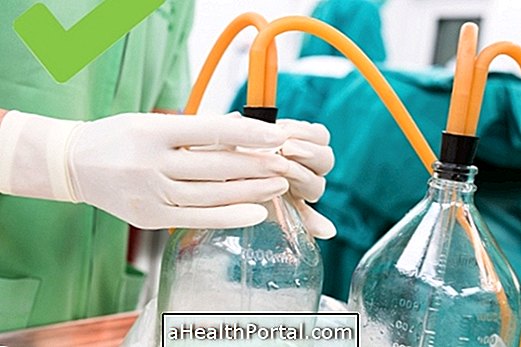
6. Does ice relieve pain in the drain?
If you feel pain at the drain site, do not put ice in, as the presence of the drain does not cause pain, just discomfort.
So if you feel pain, you need to tell your doctor quickly because the drain may be diverted from the correct location or an infection is developing, and ice will not treat the problem, it will only reduce the swelling and ease the pain for a few minutes and when wetting the dressing the risk of infection is higher.
7. Do I need to take any medicine because of the drain?
The doctor may recommend taking an antibiotic, such as Amoxicillin or Azithromycin, to prevent the development of an infection, and it should be taken, in most cases, 2 times a day.
In addition, to reduce discomfort, you can also prescribe an analgesic such as Paracetamol every 8 hours.
8. What complications can arise?
The main risks of drainage are infections, bleeding or organ perforation, but these complications are very rare.
9. Taking out the drain hurts?
Normally, taking the drain does not hurt and therefore no anesthesia is needed, however in some cases, such as in the thoracic drain, local anesthesia can be applied to reduce discomfort.
Removing the drain can cause discomfort for a few seconds, which is the time it takes to remove it. To relieve this sensation it is recommended to take a deep breath at the moment the nurse or doctor is taking the drain.
10. Do I need to take stitches after the drain has been removed?
Usually it is not necessary to take stitches, because the hole where the drain was inserted in the skin closes alone, being only necessary to put a small dressing until completely closed.
11. What can I do if the drain leaves by itself?
In case the drain leaves alone it is recommended to cover the hole with a bandage and go quickly to the first aid or hospital. Never put back the drain that has left, as it can puncture some organ.
12. Can the drain leave a scar?
In some cases, a small scar may appear where the drain was inserted.

When is it recommended to go to the doctor?
It is necessary to return to the doctor whenever it is necessary to change the dressing or to remove the stitches or staples. However, one should also go to the doctor if there is:
- Redness, swelling or pus around the insertion of the drain into the skin;
- Severe pain at the drain site;
- Strong and unpleasant smell in the dressing;
- Wet dressing;
- Increase in amount of fluid drained over days;
- Fever above 38º C.
These signs indicate that the drain is not working properly or that there may be an infection, and it is very important to identify the problem to make the appropriate treatment. See other strategies to recover faster from surgery.

